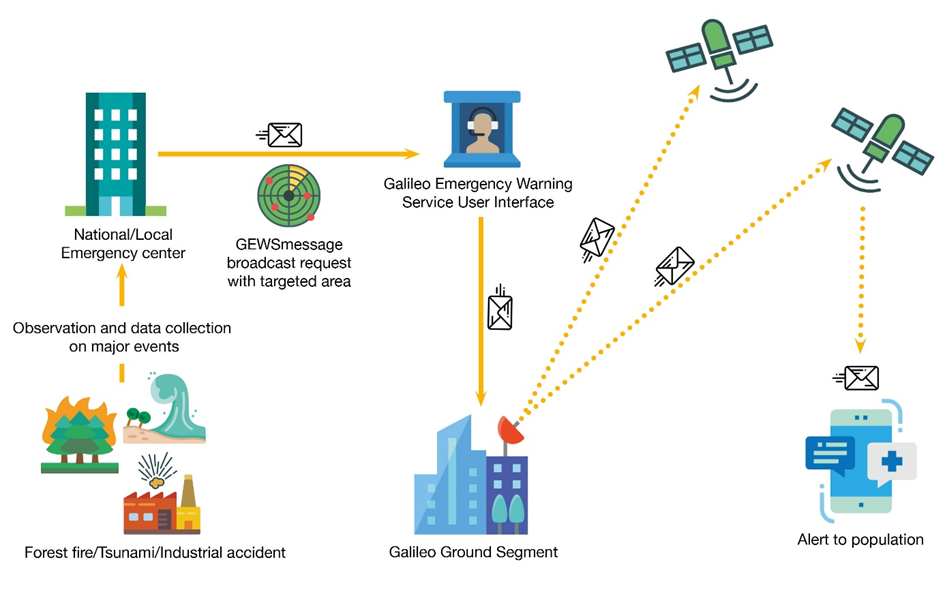
A recent JRC study analysed the EU space programme for the Arctic. It found that overall Europe's space assets for Earth observation (EO), satellite navigation (SatNav), satellite communications (SatCom) and space situational awareness (SSA, i.e. space weather in the context of this study) are contributing to addressing the specific needs of this region and its local communities. But there is still potential for an improved exploitation of the existing services and for developing new services.
Potential of synergies in EU space programme
The study identifies the user needs in the Arctic, the current and planned space missions, as well as services and infrastructures in Europe relevant for the Arctic. It also identifies synergies both at service and infrastructure level across the four domains of the EU space programme. In particular, the synergies are expected to be key enablers of new services that will have a high societal impact on the region and which could be developed in a cost-efficient and rapid manner. Synergies will also help to exploit operational services that are already deployed in the Arctic.
Examples
For example, both the Copernicus emergency service and the Galileo search and rescue service could benefit from improved satellite communications connectivity. Also the synergies between EO, SatNav and SatCom are becoming more relevant for fisheries control and maritime surveillance, using the Copernicus Sentinel satellites and the space-borne Automatic Identification System (AIS). The Internet of Things (IoT) applications are growing and represent a nice synergy example between EO, SatNav and SatCom, bringing new services with an improved connectivity to the indigenous peoples and other local residents of the Arctic. As an example of IoT applications, dedicated nanosatellite constellations will enable communications of environmental parameters through different types of device (buoys, weather stations) and for various applications (e.g. animal tracking, ship monitoring) with near real time coverage over the Arctic. Furthermore, the deployment of the internet broadband satellite constellations will boost the development of applications which will be built on the components of the EU space programme.

Opportunities
Given its vast size, sparse population and lack of terrestrial infrastructure, the Arctic region can benefit greatly from space-based services. The EO and SatNav programmes of the EU - Copernicus, Galileo and EGNOS (the European augmentation system for improved accuracy of GPS signals) - cover the region and provide a fundamental contribution to key environmental, safety and security needs. They are an implementation of the 2016 EU Space Strategy. The new EU Space Programme for the period 2021-2027 will widen the scope of the space activities with the addition of the SatCom and SSA domains. This will create additional opportunities for the exploitation of synergies to capitalise even more on the entire programme.
The study is of interest to EU policymakers and the space industry working on Arctic issues and seeking environmental, economic and societal solutions.

Details
- Publication date
- 4 June 2020
